#kilimanjaro adventure
Text
Two of Africa's most outstanding icons in one sight. Unbelievably mesmerizing.
🤍🐘🤍
🌍 wildfriendsafrica.com
—
Mount Kilimanjaro is a dormant volcano located in Kilimanjaro Region of Tanzania.
It has three volcanic cones: Kibo, Mawenzi, and Shira.
It is the highest mountain in Africa and the highest single free-standing mountain above sea level in the world: 5,895 m (19,341 ft) above sea level and about 4,900 m (16,100 ft) above its plateau base.
It is the highest volcano in Africa and the Eastern Hemisphere.
It makes up one of the ‘seven summits’ (the highest peaks on the seven continents).
#Mount Kilimanjaro#Kilimanjaro Region#Tanzania#Africa#highest mountain#highest volcano#elephant#wildlife#African Safari#adventure safari#elephant love#volcano#Kili#Stratovolcano#seven summits#conservation tourism#Wild Friends Africa Safaris
51 notes
·
View notes
Link
#kilimanjaro#preparation#climbers#adventure#mount#safari#traveladdict#travelblogger#govacation#mountians
165 notes
·
View notes
Text

4 notes
·
View notes
Text
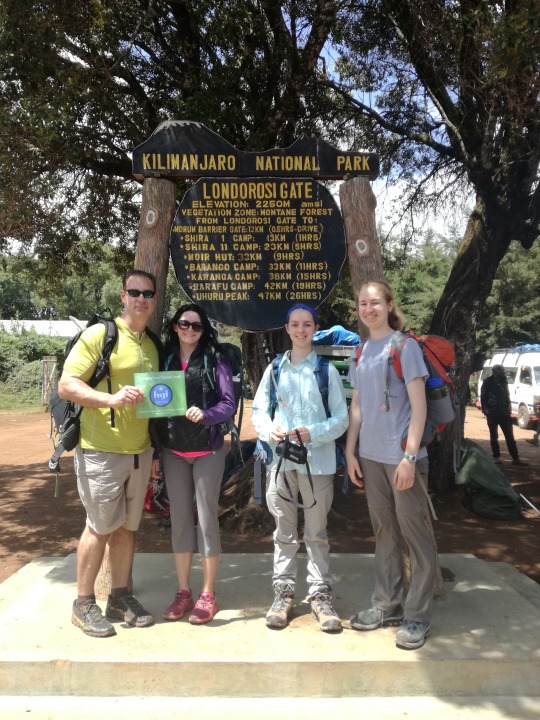
#kilimanjaro#africa#camping#bucketlist#mountains#adventure#tanzania#travelling#safari#travel#KILIMANJARO CELEBRATION ON X-MASS & NEW YEARS EVE#GROUPS & PRIVATE CLIMBS | BOOKINGS OPEN FOR 2023#Lemosho route – 8 Days + 2 nights Hotel#Machame route – 7 Days + 2 nights Hotel#Rongai route – 7 Days + 2 nights Hotel#Marangu route – 6 Days + 2 nights Hotel#Umbwe route – 6 Days + 2 nights Hotel#Northern Circuit – 9 Days + 2 nights Hotel#Northern Circuit safari – starting at 1 – 7 days#For more info email + What’s App#: kilitrips-tz.com#: [email protected]#[email protected]#: +255 768 848 323#: +1 970-366-6116#Trip Info#Cost Includes and Excludes#Trekking Gear List#Best Seasons#Group Size: 1- 20 people
8 notes
·
View notes
Photo
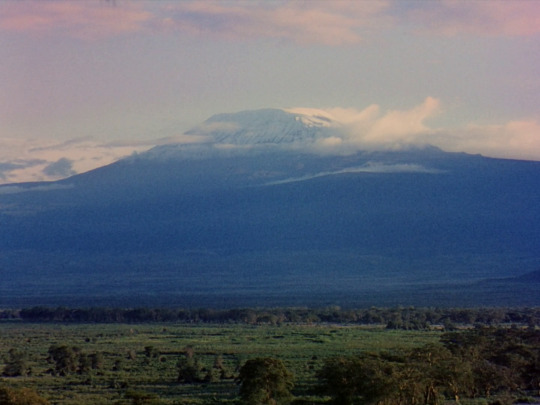

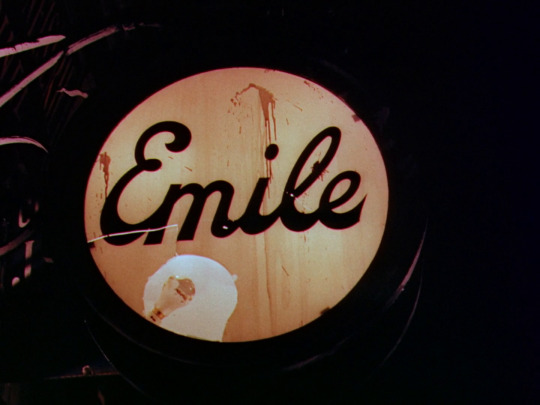
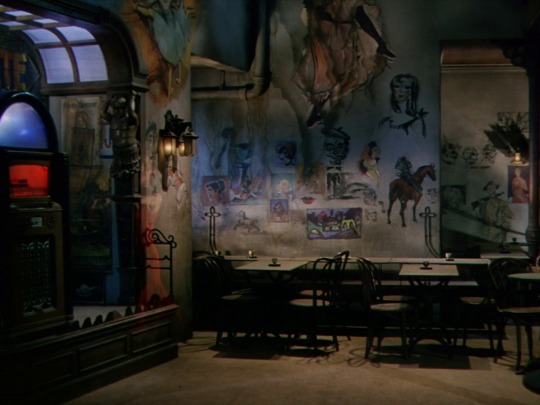
A sense of abandon falls over the memoirs of Harry Street, so the injury during his last safari journey becomes an expedient to try to heal a wound in the soul. This chronology of meaningful sentimental circumstances lived in a selfish way now helps to clarify at what price the protagonist achieved success as a novelist. "Art and life" is an hendiadys.
★★★★★
#the snows of kilimanjaro#henry king#1952#drama#romance#adventure#melo#gregory peck#susan hayward#ava gardner
13 notes
·
View notes
Text
#kilimanjaro#climb kilimanjaro#lake manyara#lemosho route#machame route#marangu route#mt kilimanjaro#rongai route#serengeti#tarangire#zanzibar#witness the great migration#short migration safari join group#wildebeest#wilderness#adventure#safari#beach#travel and tourism#travel#travel goals
5 notes
·
View notes
Text
0 notes
Text
Join Kei Tours and Safaris Ltd. for an unforgettable journey with our Kilimanjaro climb and safari packages. Discover the thrill of Tanzania mountain climbing and explore rich wildlife.
#Kilimanjaro climb and safari packages#Tanzania mountain climbing#Mount Kilimanjaro climbing#Kei Tours and Safaris Ltd.#Kilimanjaro Climbing#Tanzania Safari#Mount Kilimanjaro Tours#Adventure Travel#African Wildlife Safari#Tanzania Mountain Climbing#Safari and Climb Packages#Kilimanjaro Routes#Kei Tours and Safaris#Outdoor Adventures
0 notes
Text
Climbing Kilimanjaro at 100 Pounds Heavier: A Journey of Rediscovery
Facing the towering slopes of Kilimanjaro, I was not just 100 pounds heavier—I was also carrying the heavy weight of self-doubt and sadness about the recent loss of my parents and grandmother. It felt like I was at the lowest point of my life, but that was about to change drastically thanks to an unexpected invitation from my cousin’s wife. She was embarking on her third trek up the mighty…
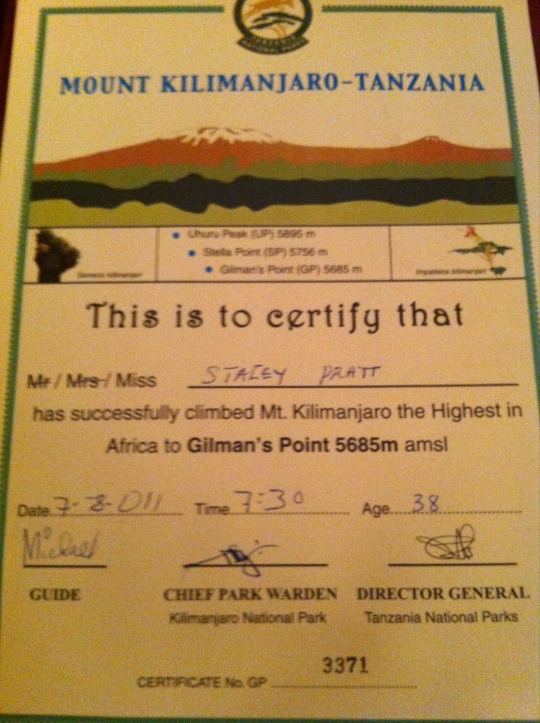
View On WordPress
#adventure#adventurous#celebratelife#cherishmoments#experiences#facing fears#kilimanjaro#lifelessons#lifeoverfear#lifeshort#livingfully#love#midlife#motivation#motivational#mt kilimanjaro#personalgrowth#seizetheday#self acceptance#self love#selflove#trailer life#weight#weight loss
0 notes
Text

0 notes
Text
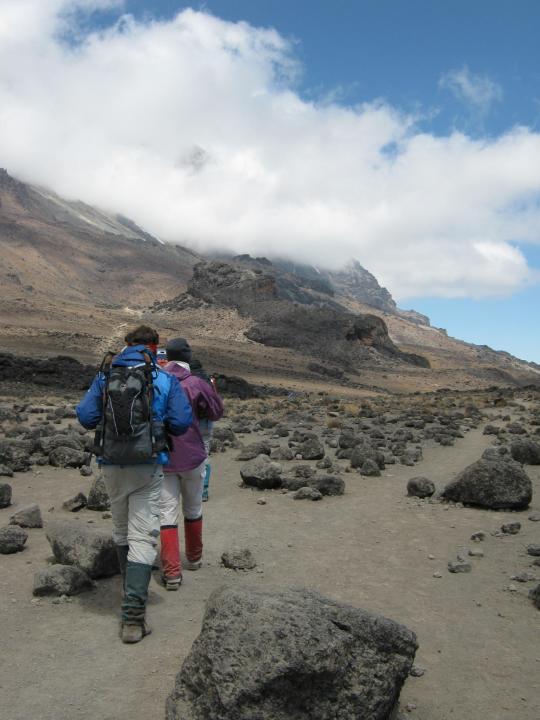
Hiking The Snow Caped Mountain
https://www.kibaleforestnationalparkug.com/
#landscape#paradise#nature#adventure#explore#travel#travelling#photography#mountains#cottagecore#naturecore#aesthetic#snow#winter#camping#wildlife#mountain kilimanjaro#hiking
0 notes
Link
Marangu Route, also known as the Coca Cola route is more popular because it can be done in fewer days and has permanent sleeping huts at the campsites. Marangu is, unfortunately, less scenic than the other routes because the ascent and descent are along the same path. It is also the most crowded route for that reason.
#sevensummits#kilimanjaro#maranguroute#booknow#tanzaniaroyaltour#groupjoin#adventure#familytrip#womenwhoclimb
2 notes
·
View notes
Text
The ultimate BIKE and HIKE To The Summit Mt. Kilimanjaro.







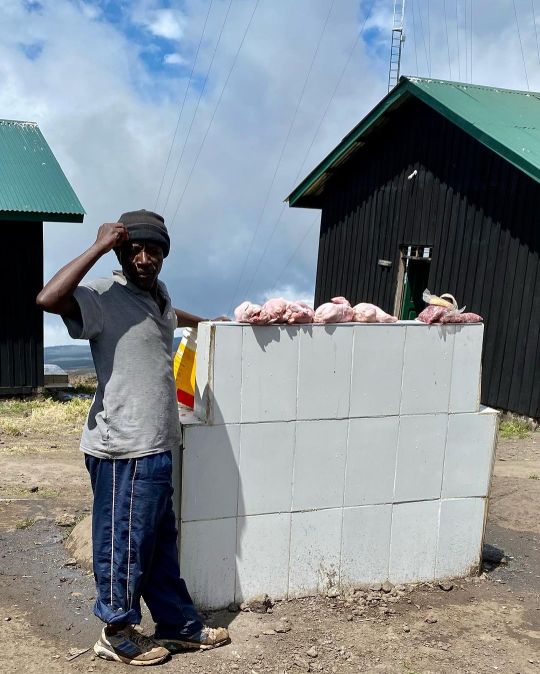
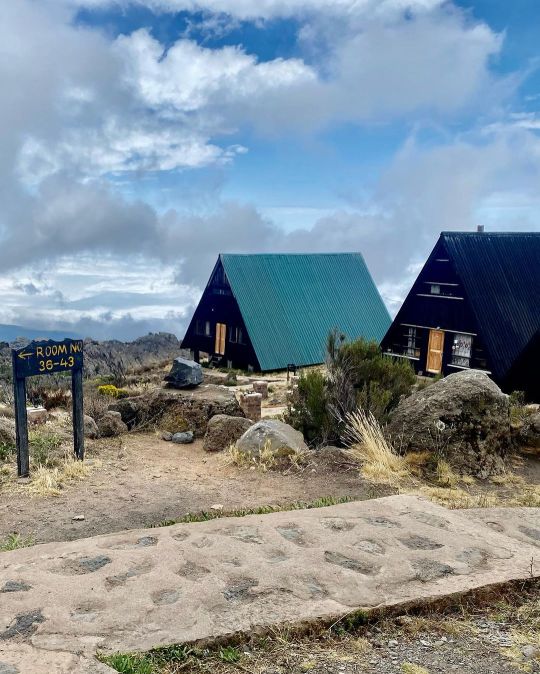
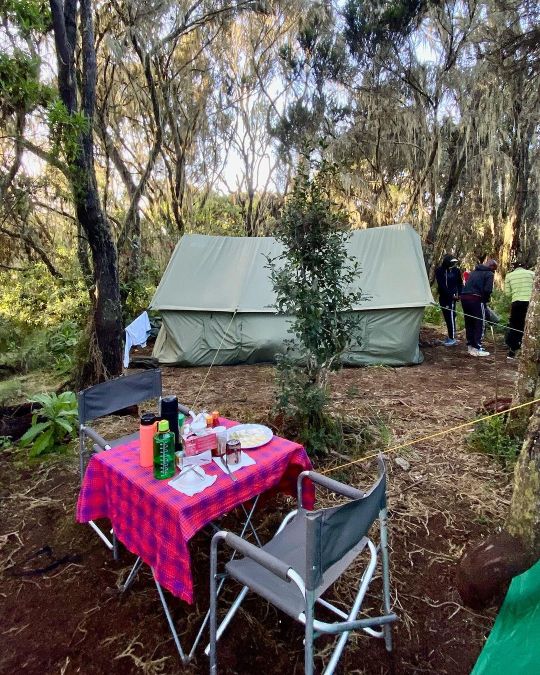
Day 1: Kilema Gate (1950m) To Horombo Hut (3705m)
Distance: Approximately 16 km
Habitat: Montane forest
Distance: Approximately 7 km
Habitat: Moorland
Meet your guide and embark on your transfer to the Marangu gate, which takes about 45 minutes. The journey passes through the village of Marangu, which is located on the lower slopes of the mountain. Once you reach the park gate, all hikers are required to register at the Park office. After signing-in and registering at the Marangu gate, we drive to the Kilema gate.
Upon arrival you will ensure that you have all your daypack items (containing at least drinking water, your lunch pack and extra clothing) and do a final check on your mountain bike. You will then start the first route section of 16km, (with your guide also on a mountain bike) from the Kilema gate (1 950m) to the Horombo hut (3 705m) on a 4×4 track. Bikers with good fitness levels, mountain biking skills and subject to road conditions, will be able to cycle all the way to Horombo hut.
It is important to remember that the biggest cause of altitude sickness is ascending too high too quickly. We will be stopping regularly and to give your body the maximum time to adjust to the higher altitudes. We will aim to reach Horombo hut at around 15:00pm.
We will stop at Horombo Hut for a short break, before commencing on a downhill cycle to Kilema camp. Descending approximately 800m over 7km, the track has a lot of loose rocks and it is important to control your speed and avoid unnecessary risks!
Upon arrival your porters will have your tent set up at camp and in the evening bring a small bowl of washing water to your tent. The cook will prepare dinner, before you retire to your tent for the night. Night temperatures can already drop to freezing point at this camp.
Day 2: Kilema Camp (2950m) To Horombo Hut (3705m)
Distance: Approximately 7 km
Habitat: Moorland
After breakfast, make sure your duffel bag are packed and we cycle from the Kilema camp to Horombo hut. The trail is steep and has a lots of loose rocks at certain areas. Horombo hut is a village of huts perched on a small plateau, with a total capacity of 120 climbers! Normally bustling with hikers, guides, porters and with an atmosphere of adventure and excitement. You will meet both ascending and descending hikers here.
We arrive in time for a late lunch at Horombo hut. After lunch collect our bikes and go for an 1,5-hour acclimatization cycle up to Zebra rocks (4 040m) and back.
Enjoy dinner and overnight at Horombo hut.
Day 3: Acclimatization Day to Cycle High & Sleep Low. Horombo Hut (3705m) To Kibo Hut (4730m) To Horombo Hut (3705m)
Distance: 9.6 km up and 9.6km down
Habitat: Alpine desert
After an early breakfast, meet your guide and start your ascent into the Alpine desert habitat. The first 3 km of the trail is very rocky and cycling will be very difficult as this section is very stony and eroded. You will be forced to push and carry your bike for some sections, but after about 3km the trail improves and cycling will once again be possible.
The “Saddle” (which refers to the area located between the peaks of Mawenzi and Kibo) is relatively flat and cycling is much easier. However high altitudes, low oxygen levels and cold conditions make the 7km section towards Kibo hut strenuous and challenging.
The final km before reaching Kibo hut is especially strenuous. You will once again be reminded to slow down and drink enough water! Upon arrival to at Kibo hut lunch will be served.
After lunch we will embark on an awesome Kilimanjaro Mtb downhill, descending nearly 800m over 7km. The final 3km descend down to Horombo hut is very technical and challenging.
Dinner and overnight at Horombo hut.
Day 4: Horombo Hut (3705m) To Kibo Hut (4730m)
Distance: Approximately 9.6 km
Habitat: Alpine desert
Early wake and make sure your duffel bags are packed and ready to go. After breakfast, meet your guide and we head back up to Kibo hut. Again the first 3km would require you pushing and carrying your bike a lot, with the final 7km to Kibo hut offering a good biking trail.
We will enjoy lunch and then aim to rest. At around 16h00 depending on how you feel it is possible to hike partially up the summit path to orientate yourself for the summit attempt later that night.
Situated in the barren Alpine desert is Kibo hut, a stone build block house which has bunk beds for 60 climbers, but no streams with water nearby. There are platform toilets behind the hut.
The summit (Uhuru Peak) is now a further 1195m up and you will make your final ascent the same night. Prepare your equipment, thermal clothing etc for your summit bid. This should include the replacement of your headlamp and camera batteries and make sure you have a spare set available as well. To prevent freezing it will be wise to carry your water in a thermal flask.
Go to bed at round about 19h00 and try to get as much rest and sleep as possible, until 22h00
Day 5: The Summit Night
KIBO HUT (4730M) TO UHURU PEAK (5895M) TO KIBO HUT (4730M)
Cycling time: 7 to 8 hours to reach Uhuru Peak, 3 to 4 hours to descend to Kibo hut,
Distance: Approximately 5.4km ascent and 31 km descent
You will rise around 22h00, and after some tea and biscuits you shuffle off into the night, and this is where the going really gets tough. The first section of the trail consists of a rocky path to the Hans Meyer Cave (5150m), also a good resting spot. The path then zigzags up to Gillman’s point (5 681m), which is located on the crater rim. The section just before Gillman’s point known as “Jamaica rocks” is very steep with a lot of stone scree, boulders requiring a great physical and mental effort.
From Horombo hut up to Gillmans point the trail cannot be cycled and you will have to push your bike up to the Jamaica rocks, however from Jamaica rocks to Gillmans point, you will have to carry your bike (or if you are not up to it – arrange for a porter to carry your bike). With oxygen levels close to 9.5%, this is probably the most demanding section of the entire route.
From Gillman’s Point the trail can be cycled again and you will normally encounter snow all the way up to Uhuru peak (5895m), the highest point in Africa. Depending on snowfall, mountain bikers with high fitness levels and expert technical mountain biking skills, will be able to cycle most of the trail from Gillman’s Point to Uhuru peak.
Upon arrival to Kibo Hut enjoy a late breakfast and then pack your gear in your duffel bag for the porter to carry down.
KIBO HUT (4730M) – KILEMA GATE (1950M)
Distance: 25KM
You will then embark on the world’s ultimate downhill mountain bike roller coaster ride:
Starting at Kibo hut at 4730m you will descend down to the Kilema gate 1950m distance approximately 31km, descend approximately 3000m in only 3 hours!
TOUR INCLUDED
Two nights accommodation Hotel in Moshi ( before and after the climb) including breakfast and Dinner.
Mountain Bike and Mountain Guide
Arrival and Departure transfers from the airport
Quality, waterproof, four-season private mountain sleeping tents (or hut fees for Marangu route)
Professional, experienced, mountain guides
All Park fees & Rescue Fees
All meals on the Mountain (Breakfast, Lunch & Dinner)
Guides, Porters, cook salaries and park fees
Quality Mess tents with table and chairs
Large portions of fresh, healthy, nutritious food
Clean, purified drinking water
Crisis management and safety procedures
Boiled water on the mountain
Guides, porters, waiter, cook accommodation and entry fees on the mountain
TOUR DOES NOT INCLUDES
International flights (from/to home)
Entry Visa to Tanzania
Imported/premium alcoholic and non-alcoholic drinks
Laundry (Available at the hotel)
Personal Items (souvenirs, travel insurance, Visa fees, etc.)
Tips for guides, porters, and cook
Activities/day excursions not specified in the itinerary
NOTE:
The price per person for group expeditions are fixed based on a group size. However, we have optional arrangements for individual private and tailor-made preferences best suited for you, your family and friends.
All prices are based on shared accommodation.
Please inquire for a 1 guest private room accommodation quote
1 note
·
View note
Text


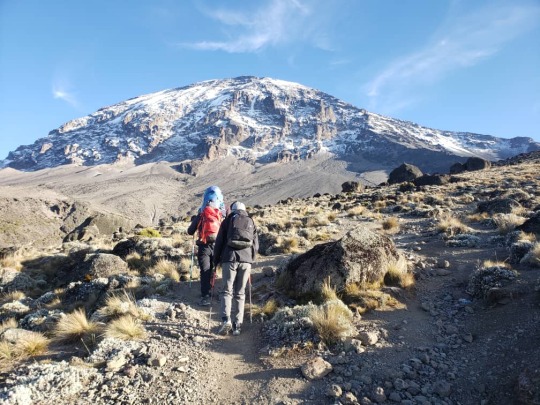
The Marangu route, also known as the "Coca-Cola" route, is the oldest, most well-established route on Kilimanjaro. This is the only route which offers sleeping huts in dormitory style accommodations in lieu of camping. There are 60 bunk beds each at Mandara and Kibo Huts, and 120 bunk beds at Horombo Hut. Guests are supplied with mattresses and pillows, but sleeping bags are still required. The huts have communal dining halls and basic washrooms, ranging from flushing toilets and running water at the lower huts to long drop toilets and buckets of water at Kibo Hut.
Many favor Marangu because it is considered to be the easiest path on the mountain, given its gradual slope and direct path. However, the short time frame of the route makes Altitude Acclimatization fairly difficult. The route approaches Mount Kilimanjaro from the southeast. Marangu is unfortunately less scenic than the other routes because the ascent and descent are along the same path. It is also the most crowded route for that reason.
Day 1: Marangu Gate to Mandara Hut
Elevation (ft): 6,046 ft to 8,858 ft
Distance: 8 km
Hiking Time: 4-5 hours
Habitat: Rain Forest
Hut: Mandara Hut.
We head to the Marangu Gate for the necessary formalities before beginning our trek. The trail climbs through a tropical rain forest near the upper edge of the forest line, where we sometimes see playful blue monkeys. The trail then widens to expose beautiful hillsides until we reach Mandara Hut.
Day 2: Mandara Hut to Horombo Hut
Elevation (ft): 8,858 ft to 12,205 ft
Distance: 12 km
Hiking Time: 6-8 hours
Habitat: Heath / Moorland
Our second day on the trail starts up with a steep ascent through the forest and opens into high moorland. If the sky is clear, we might get our first views of Kibo and Mawenzi Peaks. Those two volcanic peaks make up the summit of Kilimanjaro.
Day 3: Horombo Hut to Mawenzi Hut to Horombo Hut
Elevation (ft): 12,205 ft to 14,160 ft to 12,205 ft
Distance: 10 km
Hiking Time: 3-5 hours
Habitat: Heath
This extra day is used for Adaptation. We hike towards or all the way to Mawenzi Hut and back. The unique landscape offers motivating views of Kibo and Mawenzi.
Day 4: Horombo Hut to Kibo Hut
Elevation (ft): 12,205 ft to 15,430 ft
Distance: 10 km
Hiking Time: 6-8 hours
Habitat: Alpine Desert
On this day we climb gently, then cross the lunar desert of the “Saddle” between Mawenzi and Kibo to reach our campsite, which sits at the bottom of the Kibo crater wall. Once at Camp, we rest and enjoying an early dinner and prepare for summit day.
Day 5: Kibo Hut to Uhuru Point to Horombo Hut
Elevation (ft): 15,430 ft to 19,341 ft to 12,205 ft
Distance: 22 km
Hiking Time: 10-13 hours
Habitat: Arctic
We wake up in the middle of the night and begin the final push to reach the Roof of Africa. The trail to Gilman’s Point is very steep, and the ascent will be slow and steady. From Gilman’s, it is a traverse along the crater rim to Uhuru Peak. We stay at the summit for a short time, to take photos and enjoy the views, before retracing our steps all the way back to Horombo Hut.
Day 6: Horombo Hut to Marangu Gate
Elevation (ft): 12,205 ft to 6,046 ft
Distance: 20 km
Hiking Time: 5-7 hours
Habitat: Rain Forest
A long trek is in store for today, however it is mostly downhill. Once we reach the park headquarters, there at Marangu Gate, we pick up our certificate, that proves our achievement, and catch our vehicle transfer to the Hotel in Moshi.
Included
o Park fees,
o Hut fees
o Rescue fees
o 18% VAT on tour fees & services, which cost nearly 55 % of the total cost charged.
o Transportation to & from the Mountain Gate
o Professional mountain guides, cooks and porters
o 3 meals daily while on the mountain
Not Included
o Both national and international flights
o Medical Insurance
o Tips to Mountain Crew
o Items of a personal nature
o Laundry Services
o Alcoholic beverages
Contact Us via WhatApp +255 786499087
Email us Direct: [email protected]
#Marangu Route 6 days Trek#Kilimanjaro Marangu Itinerary#Marangu Route Summit Climb#6-day Marangu Route Highlights#Kilimanjaro Marangu Huts#Marangu Route Acclimatization#Best Time to Hike Marangu#Marangu Route Camping Options#Kilimanjaro Scenic Views#Marangu Route Difficulty Level#Kilimanjaro National Park#Marangu Route Accommodation#Kilimanjaro Guided Expeditions#Marangu Route Altitude Sickness#Kilimanjaro Weather Conditions#Marangu Route Trekking Adventure#Kilimanjaro Uhuru Peak Ascent#Marangu Route Flora and Fauna#Kilimanjaro Cultural Tours
0 notes
Text
Best Safari Destinations In Tanzania – Choose From The Best Options
The Ngorongoro Crater, often referred to as the "Garden of Eden," is a UNESCO World Heritage Site that cradles a unique ecosystem within its walls. The crater's alkaline lakes attract large flocks of flamingos, transforming the landscape into a sea of pink.
This is also a prime location to spot rare and critically endangered species, like the Bearded Vulture and the Egyptian Vulture. The Ngorongoro Crater is a must-visit destination for any bird lover seeking a one-of-a-kind experience with the professionally guided safaris in Kenya.
Tarangire National Park - A Hidden Gem for Bird Enthusiasts
While not as famous as some of its counterparts, Tarangire National Park offers an extraordinary bird watching experience. The park's towering baobab trees serve as perches for raptors, including the Bateleur Eagle and the African Hawk-Eagle.

Moreover, Tarangire's swamps and waterholes attract an abundance of water-associated birds, such as the striking African Jacana and the elegant Saddle-billed Stork. The park's serene ambiance and off-the-beaten-path feel make it an ideal destination for bird enthusiasts seeking a more intimate encounter with nature.
Lake Manyara National Park - Flamingos and Beyond
Lake Manyara's shallow waters are home to thousands of flamingos, turning the lake's edges into a sea of pink during the breeding season. Apart from the flamingos, the park offers a variety of habitats that are home to a diverse range of birds, including the impressive Crowned Eagle and the comical Silvery-cheeked Hornbill.
The park's manageable size and diverse birdlife make it a rewarding destination for both seasoned bird watchers and novices which is why it is one of the Best Safari Destinations In Tanzania. Whether you are an experienced birder or a curious traveller looking to explore the world of avian wonders, Tanzania's diverse ecosystems and rich cultural tapestry make it an ideal destination for an unforgettable bird-watching experience.
#Best Safari Destinations In Tanzania#Bird Watching Safari Tanzania#Tanzania Family Safari#Best Tanzania Wildlife Adventure#Mount Kilimanjaro Climbing Tours#Professionally Guided Safaris In Kenya
0 notes
Text
Tune in to discover the essential gear you need for Tanzania mountain climbing. Learn the best clothing, footwear, and accessories to enhance your Kilimanjaro mountain climbing experience.
Read More: https://www.keitoursandsafaris.com/blog/tanzania-mountain-climbing-packing-guide/
#Tanzania mountain climbing#Kilimanjaro climb and safari packages#Kilimanjaro mountain climbing#Tanzania Mountain Climbing#Kilimanjaro Climbing Guide#Climbing Gear Essentials#Kilimanjaro Safari Packages#High Altitude Hiking#Mount Meru Climbing#Adventure Travel Tips#Outdoor Gear Recommendations#Safari and Climb Prep#African Mountain Adventures
0 notes